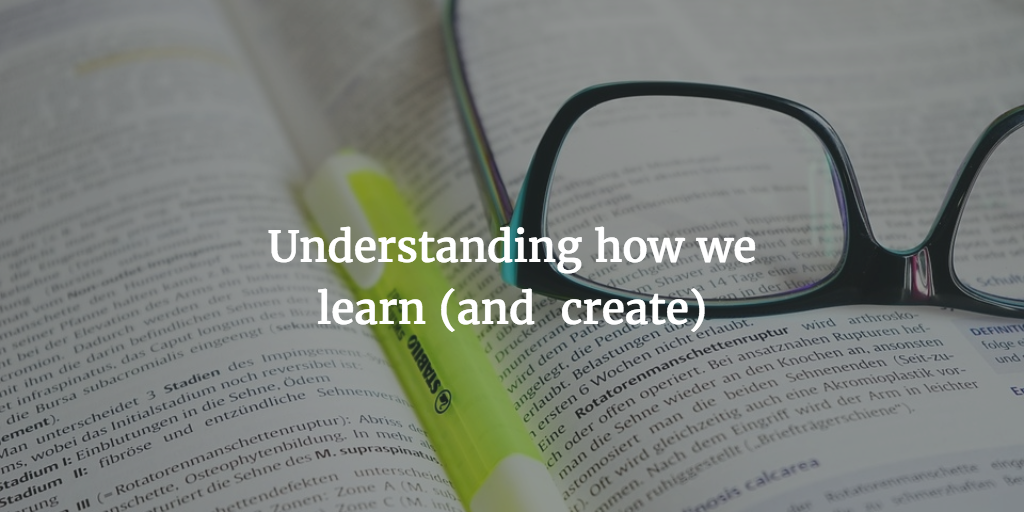
I thought I was reading a book about learning, but then I realized it was about writing, thinking, and creativity.
We live in a culture and time that requires all of us to be life-long learners. Our jobs are changing. The world is changing. Not only do we have to stay informed, we must keep learning.
As an indie author in the rapidly changing publishing world, I’m always picking up tools and tactics. As a marketer, I keep up with new technologies.
So I picked up Benedict Carey’s book How We Learn: The Surprising Truth About When, Where, and Why It Happens with interest, ready to apply its practices in real life.
Dang, I wish I’d read it years ago. As a college student, the research in this book would have been incredibly helpful. In practice, I’d arrived at some of the ideas in this book, but often felt guilty, like I wasn’t really studying “the right way” if I wasn’t suffering.
However, the guidance remains useful in my everyday life. For example, Carey writes of “the illusion of fluency.” This is what happens when you review your notes and they look so familiar that you think, “I’ve got this nailed.” But when you have to summon that content under pressure, you cannot retrieve it.
When it comes to public speaking, you might suffer from the illusion of fluency when you look over your notes and practice in your head what you’re going to say on a podcast or in a workshop, only to stumble when it is time to deliver. You imagine that you are fluent speaking about the topic, but recalling it under pressure is different.
That’s why most of us have to practice speaking to make it appear natural.
Reading the book, I picked up plenty of strategies for the future. For example, as I work to brush up my French (a language I muddled through in college), I will test myself frequently to aid recall, and space out my studying sessions. Carey includes chapters on physical practice, perceptual learning, and the importance of various sleep stages to different types of learning.
But then he got to creativity, and I was hooked.
Incubation and Percolation
The book includes a lengthy chapter on the incubation effect, and what happens when you let ideas simmer in your head for a while.
My book The Writer’s Process discusses the importance of leaving time for incubation in the writing process. Carey has a different (possibly better) term for this: percolation.
The three elements of percolation are:
- Interruption (immersing yourself in the issue then leaving it incomplete)
- The scavenging mind that works with the ideas while you’re not paying attention
- Reflecting or writing about what’s happening in the process.
Writes Carey, “Creative leaps often come during downtime that follows a period of immersion in a story or topic, and they often come piecemeal, not in any particular order, and in varying size and importance.”
Much of what he writes here lines up directly with the practices and ideas described in The Writer’s Process. What Carey labels the “scavenging mind,” I call the Muse.
He also writes about using this percolation effect with intention, just as one intentionally schedules incubation in the writing process: “Percolation is a matter of vigilance, of finding ways to tune the mind so that it collects a mix of external perceptions and internal thoughts that are relevant to the project at hand. ”
The book is well written, clearly explaining the science. It’s conversational yet occasionally poetic. For example, he refers to “the foraging brain” as the mind searching for content. It’s a lovely way to think about the mental processes working in the background.
I’d suggest adding this one to your reading shelf, and perhaps giving a copy to anyone you know embarking on a course of learning. Really, that should include all of us.
